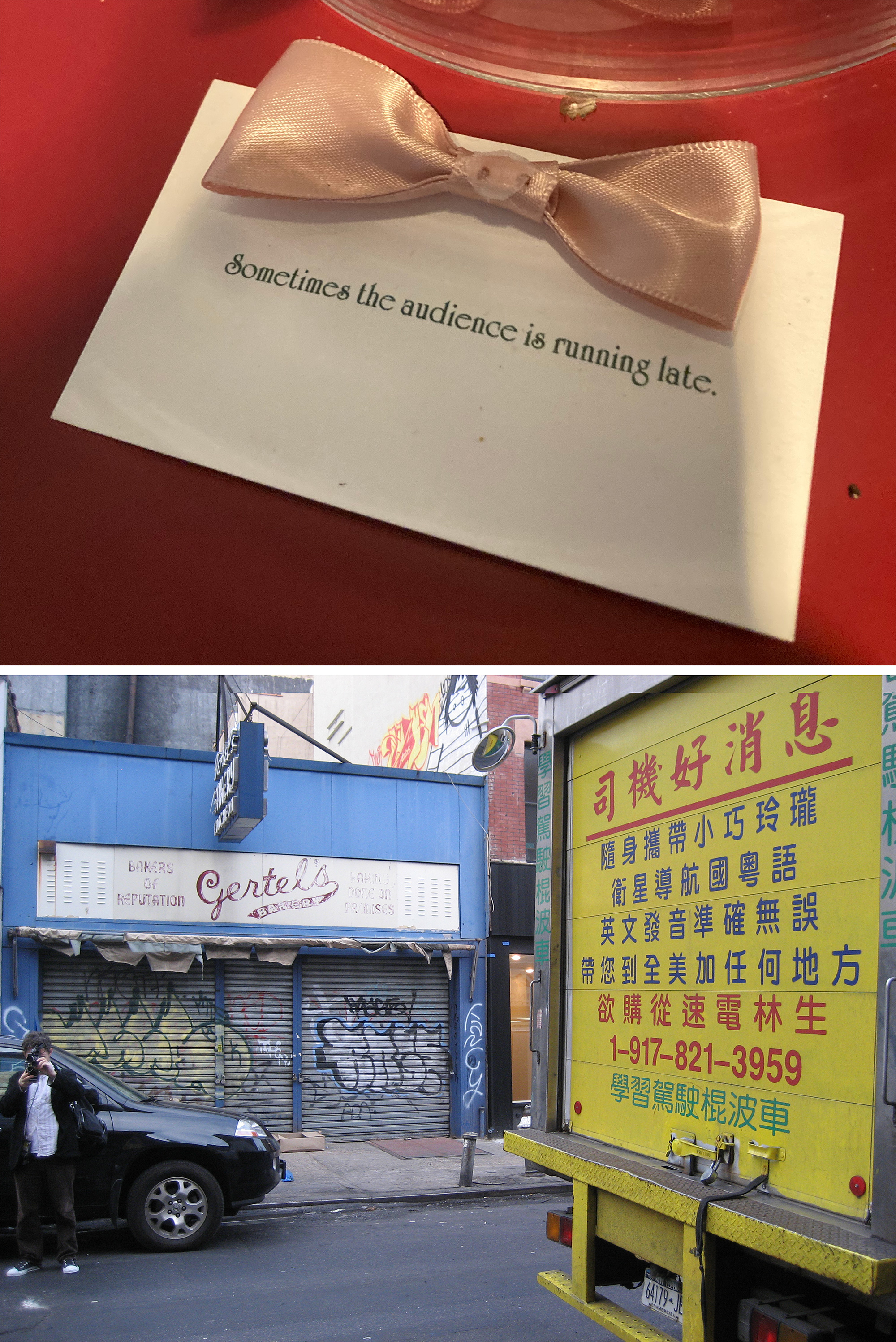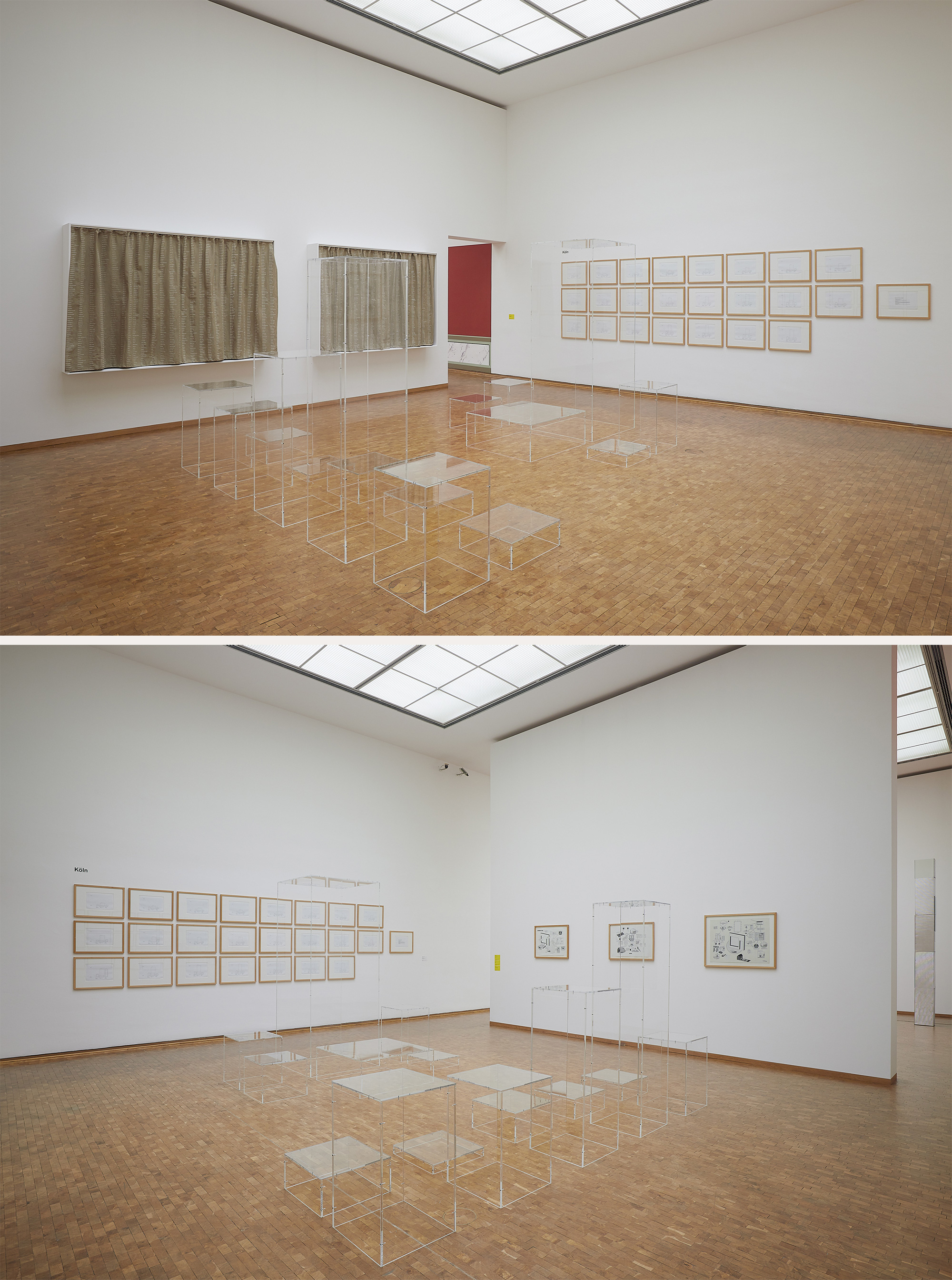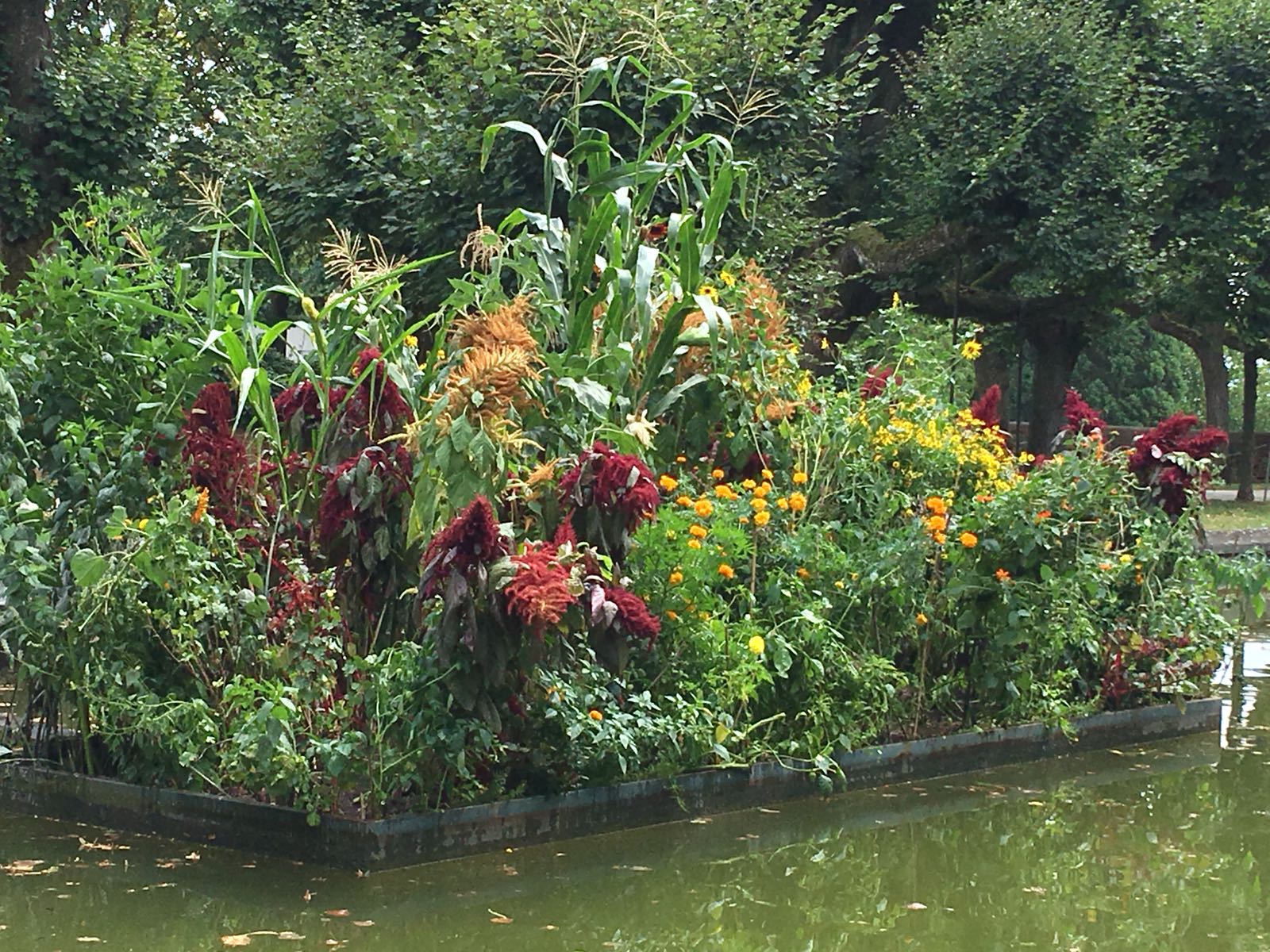Kunst und Freundschaft
Christian Philipp Müller / Ricardo Valentim
Galerie Lars Friedrich Berlin
Opening Hours during Gallery Weekend Berlin
Friday April 30, 12-7 pm
Saturday May 1, 11-6 pm
Sunday May 2, 11-6 pm
Exhibition May 1 - June 12, 2021
www.larsfriedrich.net

The friendship between Müller and Valentim began when they first met in 2008 at Manifesta 7 (Trentino-Alto Adige, Italy). Though Müller now lives in Berlin, and Valentim is currently in Lisbon, for many years both artists were based in New York, where they spent much time together visiting exhibitions and discussing their shared interests including art history, the culinary arts, travel, design, and typography. Though they had not previously considered doing a show together, Kunst und Freundschaft was triggered in part by this ongoing friendship. This exhibition not only situates their friendship and links between their practices, but it also comments on the social networks that define and support art production.
In Kunst und Freundschaft, Müller and Valentim present a group of their works as a survey of key moments in their careers along with new works produced specifically for this show. It can be understood as two single artworks: one a timeline of Müller’s work, and the other, an outline of Valentim’s practice. The exhibition situates both artists’ use of photography as an extension of their oeuvres, sometimes as documentation of their works and sometimes for their own personal records. They have also spent a lot of time debating the issue of authorship around these kinds of images. For the first time, they are presenting these photographs as artworks, along with other printed matter related to their previous projects. The materials Müller printed as part of his works Carl Theodors Garden (1986), Fixed Values (1991), and Die Neue Welt (2006–) resonate with printed materials Valentim produced to present his works Film Festival (2006–) and Discover Daniel Buren in Graça (2020), allowing Müller’s canon of institutional critique of the 1990s to engage with Valentim’s new generation of post-institutional discourse questioning authorship and audience.
Kunst und Freundschaft also addresses the site of the gallery itself, specifically its commercial context. The production of an exhibition publication (for the first time in the gallery’s history) and an invitation card—and even the exhibition’s inclusion in the Gallery Weekend Berlin—all underscore its relationship to the Berlin art context, which is rapidly shifting toward the more market-driven model prevalent in the US. In the 1990s, New York was still a place where some commercial galleries were willing to take risks. In this exhibition, Müller and Valentim ponder whether there are still conditions in Berlin for a gallery to be more experimental, rather than just driven by market concerns. Ultimately, Kunst und Freundschaft unfolds the friendship between two artists, as well as their friendship and collaborations with other artists, in a gallery that mostly shows artists that are part of the same friendship circle, revealing the complex imbrications of social capital, forms of value, and art.
A publication with texts by Pedro de Llano and Inka Meißner, with photographs by the artists, published by Galerie Lars Friedrich on the occasion of the exhibition, will be launched on June 4th.
Christian Philipp Müller, Newsstand Local, 1995
Familienbande. Die Schenkung Schröder,
Museum Ludwig, Köln
13.Juli – 29. September 2019
www.museenkoeln.de

Newsstand Local was created for the solo exhibition News and Gifts at the American Fine Arts, Co. gallery in New York’s SoHo district. The show commented on the gentrification of the neighborhood with its numerous galleries and boutiques. A sign reading “News — Gifts” on the wall by the entrance into the first room of the show suggested that visitors could buy magazines and souvenirs. In fact, this first room featured three rows of empty white shelves labeled “LOCAL,” “NATIONAL,” and “INTERNATIONAL,” with a second room containing two identical, pyramidal objects of black, brown, and white laminate.
The absence of any magazines and souvenirs alluded to the disappointment of audience expectations. The actual offering in terms of consumption was the “empty-looking” objects themselves, their status oscillating between sales display and minimalist sculpture. As such, News and Gifts made reference to the debate regarding the relationship between art and design, a particularly contentious one with regard to Minimalism. A few weeks before the opening of News and Gifts, a Calvin Klein flagship store had launched in the neighborhood of the gallery with furnishings designed by Donald Judd, one of the most important exponents of Minimalism. Where Judd made a categorical distinction between art and design, Christian Philipp Müller focuses on the permeability of these two categories: in the catalogue of his retrospective at Kunstmuseum Basel in 2005, alongside installation views of News and Gifts, he placed an image of the Newsstand Local shelving in which Alexander Schröder had arranged print media and objects, thus annulling the distinction between artwork and commodity. — Barbara Hess
The Conditions of Being Art
Pat Hearn Gallery & American Fine Arts, Co. (1983-2004)
Hessel Museum of Art, New York
23.Juni - 14. Dezember 2018
www.bard.edu




This exhibition will be the first in the United States to examine the shared histories, art and programming activities of Pat Hearn Gallery (PHG) and American Fine Arts, Co.- Colin de Land Fine Art. (AFA), whose archives are held at CCS Bard, and which have been the focus of an ongoing research program within the curatorial graduate program, that has included three semester-long courses on the histories of both galleries and involved visits from artists, friends and colleagues of Pat Hearn and Colin de Land. The exhibition will be held from June 23 - December 14, 2018 and includes works of art shown at or associated with these galleries by over 40 artists. The exhibition draws upon the archives of each gallery to illuminate their distinctive curatorial practices, significant exhibitions, daily business activities, social worlds, and relationships of artists to art dealers and gallery founders Pat Hearn (1955-2000) and Colin de Land (1955-2003).
The Conditions of Being Art foregrounds the changing operations of artistic labor: in how artists produced art, and what support this required from a gallery and dealer. The exhibition focuses on work by artists who were formally represented by the galleries, artists who received prominent one-person exhibitions at these galleries, and privileges those works of art or art practices that required conspicuous support, collaboration and advocacy on the part of Hearn and de Land. Works of art previously shown at Hearn and de Land’s galleries — or that were made by them, with them, about or for them — are brought together with selections of archival material from their gallery records and related collections. The exhibition includes major installations of art supported by Hearn or de Land, such as Alex Bag’s The Van (2001), and art rarely exhibited in the U.S. but originally exhibited by PHG and AFA such as J. St. Bernard’s Rex (1990), Mary Heilmann’s Rosebud (1983) in addition to selections of art from such notable exhibitions as Renée Green’s Taste Venue exhibition (PHG 1994), Julia Scher, I’ll Be Gentle (PHG 1991), Peter Fend, Rapid Response (AFA 1996). Archival materials related to the production of site-specific works — such as Christian Philipp-Müller’s A Sense of Friendliness, Mellowness and Permanence (AFA 1992), John Knight’s Identity Capital (AFA 1998) and Art Club 2000, Commingle (AFA, 1993) — are also included. In doing so, the exhibition indicates how artists reflected upon, intervened into and collaboratively shaped the very operations of PHG and AFA.
The New World, Summer 2018
Melk Monastery, Monastery Park, Austria
www.evn-collection.at



The New World, a kind of locus aemonus is a Living Sculpture that spans the historical space between the baroque and the classical periods and the cultural and historical and geographic space between the old world and the new world, between Europe and America. Furthermore it is a sculpture reduced to the extreme with which Müller brings the full formal impact of the aesthetics of Minimal Art to bear: an unadorned metal basin on a concrete base (installed since 2006).
Text excerpt from Brigitte Huck
Full description in Works 2006